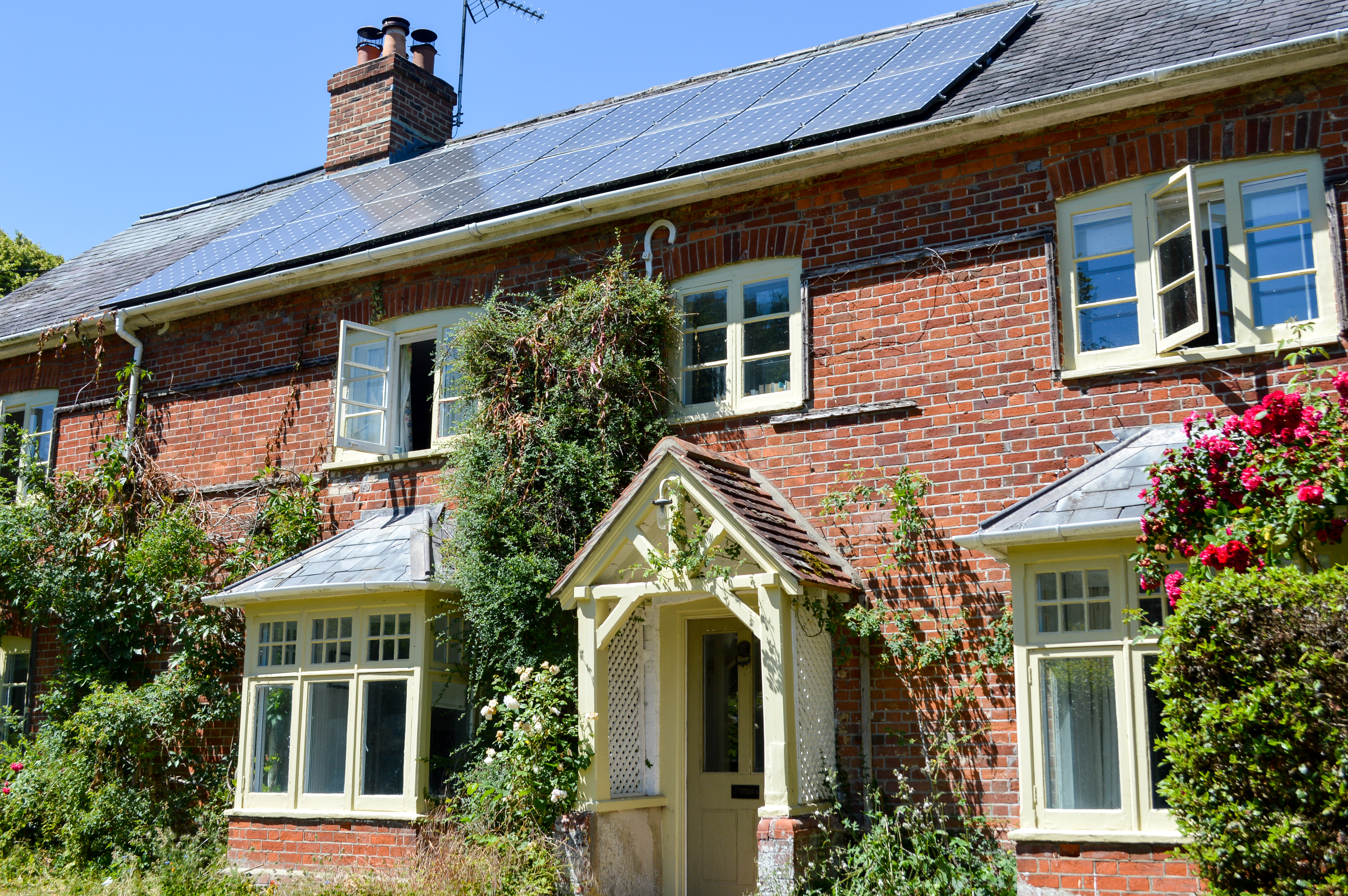Case Study - Adding solar panels to a Hampshire home
Case Study - Adding solar panels to a Hampshire home
For some home-owners, installing solar panels on the roof of their home cuts electricity bills and earns them thousands of pounds.
It’s summer, the sun’s shining and Robert is thinking about how much electricity his solar PV (Photovoltaic) installation is generating. The solicitor and his family – wife Mary, daughter and son – have 16 panels on the roof of their picture-postcard Hampshire home.
“Solar is a clean, sustainable energy source and therefore environmentally friendly as well as offering financial benefits for people,” said Robert.
Like thousands of others, he bought solar panels in the boom year of 2011 before swingeing cuts to government subsidies, known as the feed-in-tariff, which were an incentive to go green. The family paid £13,000 for a four-kilowatt (kW) system. The sun’s radiation hits the solar panels and is converted into energy. This energy travels to a device, called an inverter, installed in their attic which turns it into usable household electricity.
The family live in a village conservation area north of Winchester but didn’t need planning permission to install the panels on the pitched roof of their Georgian cottage.

They received 44.2p for each kilowatt hour of electricity they generated from their utility company – about £2,000 a year, index-linked and guaranteed until 2036. In addition, they get free electricity during daylight hours – even on cloudy days. This shaves about £500 from their annual electricity bill.
“The original tariff was very generous. The dual effect of reduction of energy costs and the feed-in-tariff payments have made the panels a great investment. Their performance has been better than expected,” said Robert.
The family’s investment in solar panels has generated about £13,000 from feed-in-tariffs since 2011. This means they broke even this year and will continue to make money from harnessing sunshine and turning it into electricity until the end of their 25-year contract.
Robert and Mary, who runs her own market research company, both work from home and can put energy-guzzling electrical appliances, such as washing machine and dish washer, on during the day, which means they use more of the energy they generate themselves rather than taking from the National Grid.
Their roof is south-facing and unobstructed by trees. Other homes that face a different direction or are largely shaded may be less suitable solar PV. The couple aren’t planning on installing a battery – which can cost thousands of pounds - to store energy for night-time use as they are moving soon.
What’s Robert’s advice to other homeowners considering installing solar panels. “Just do it,” he said, adding: “It’s proved a great investment and we take comfort from burning less fossil fuel, reducing our carbon footprint.”
